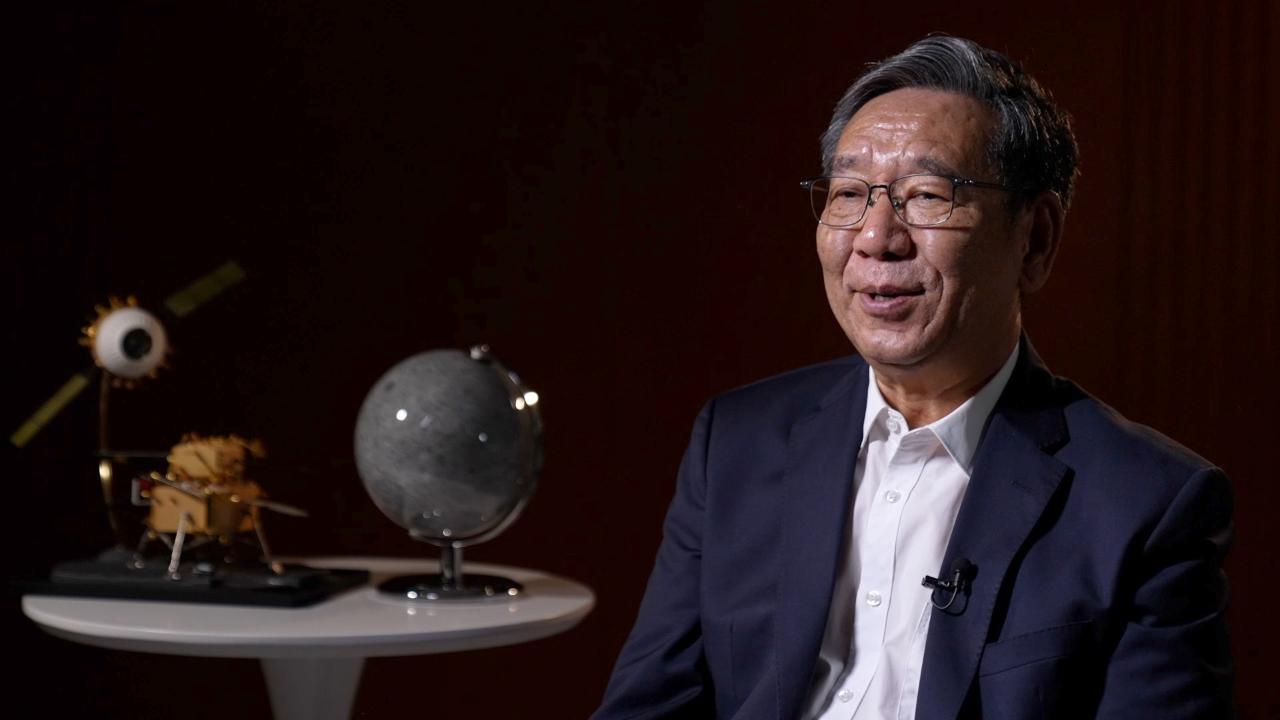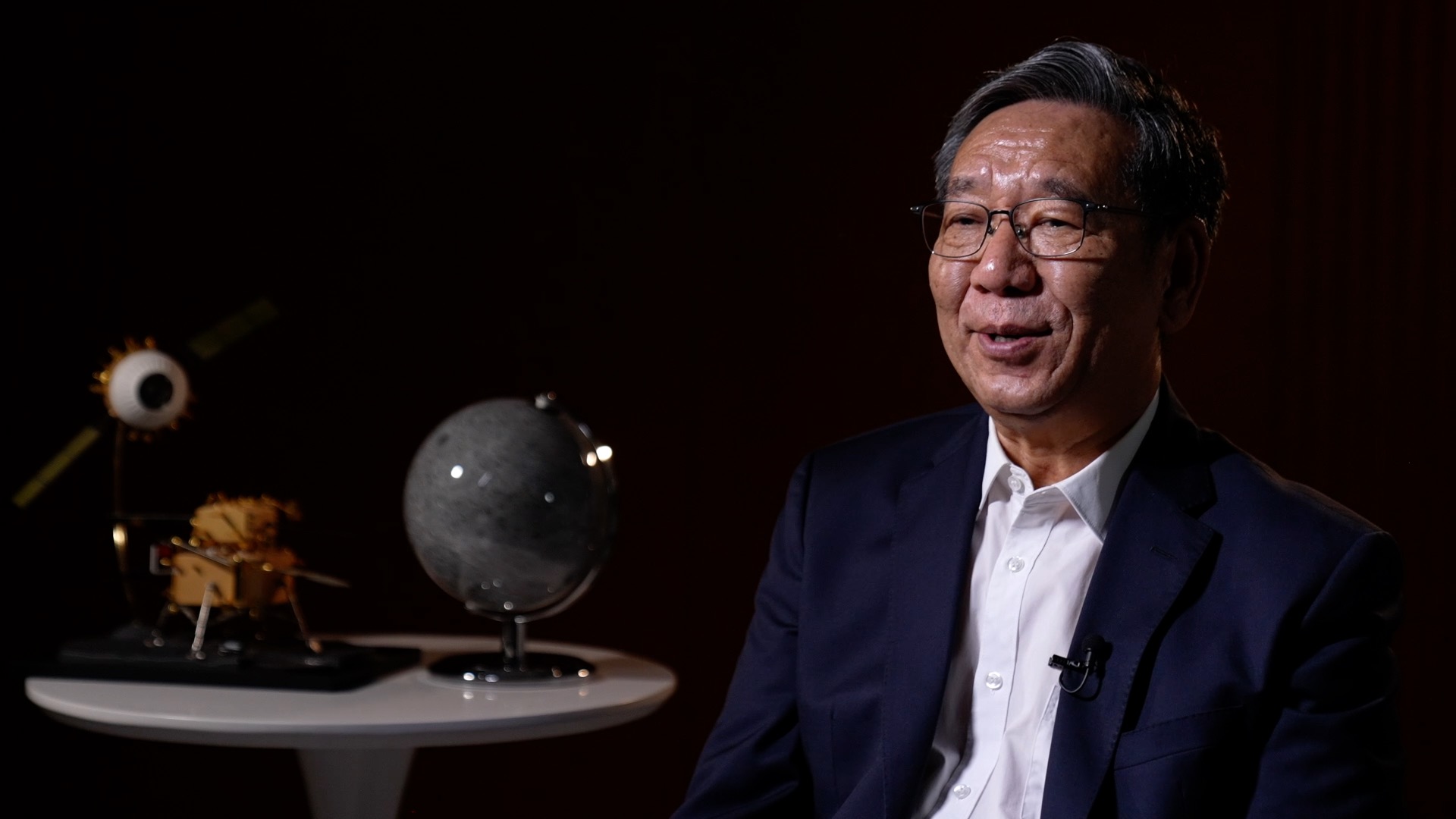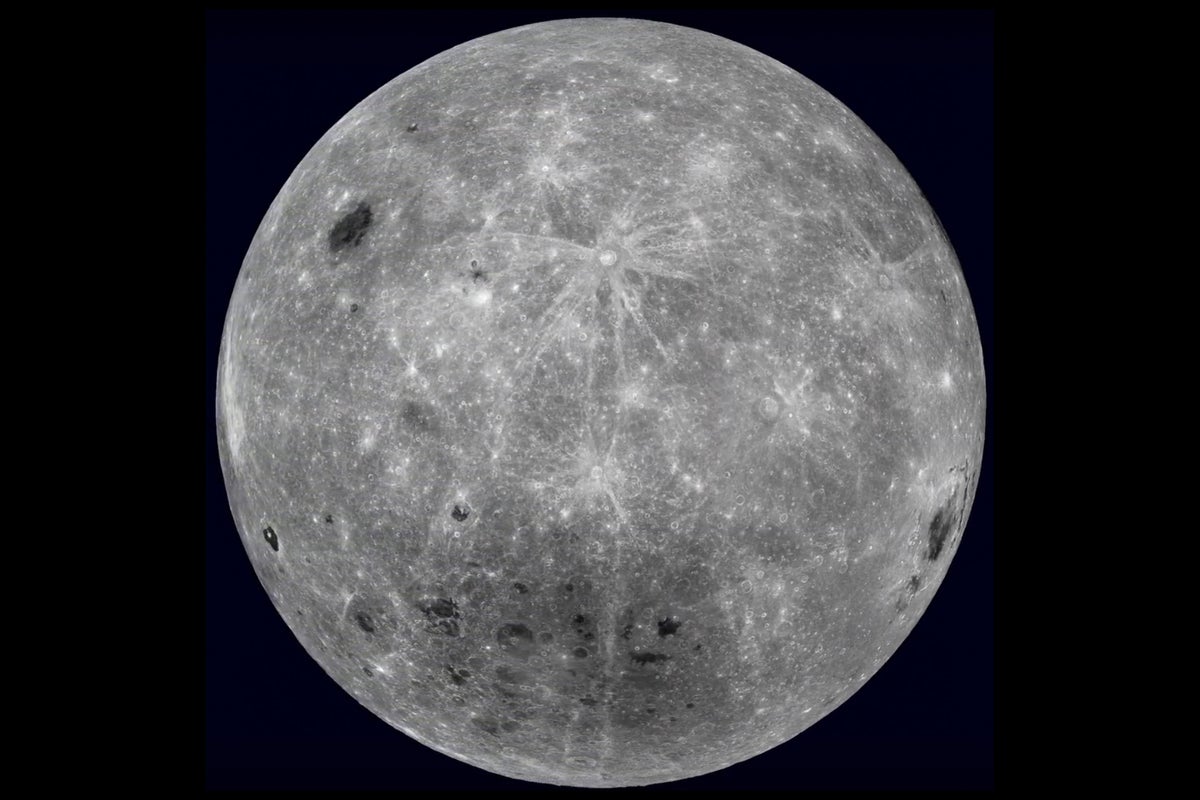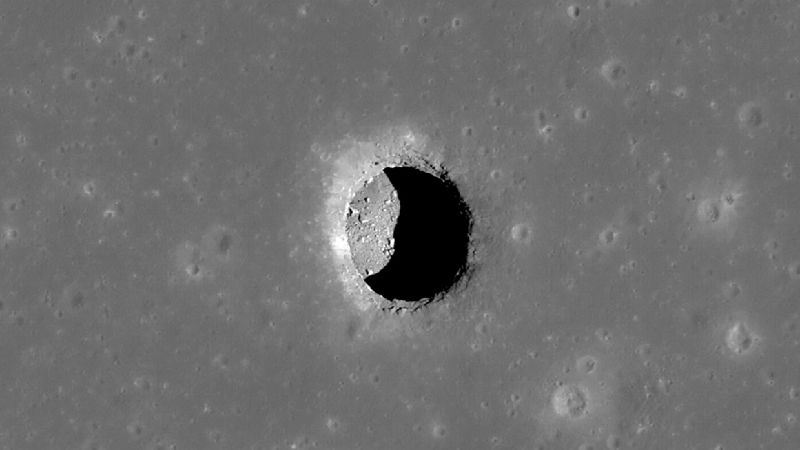
In a significant development for space exploration, China's lunar exploration program has received global attention and partnerships. The United Nations has marked July 20 as International Moon Day to honor the anniversary of the first landing of a human on the moon. Following China's successful Chang'e-6 lunar mission this year, many countries now seek to work more closely with China on future lunar programs. CGTN's Wu Lei talks to Wu Weiren, chief designer of China's lunar exploration program, on the way ahead.
In a groundbreaking discovery that could revolutionize future space missions and human presence on the moon, scientists have found the first direct evidence of a lunar cave in the deepest known pit within Mare Tranquillitatis. The newly discovered cave measures at least 45 meters wide and between 30 and 80 meters long. Lunar caves preserve the history of the moon and provide new insight into lunar volcanism. These caves can be an alternative or integration to a base on the surface of the Moon, offering shelter to astronauts from extreme temperatures.
Chinese Chang'e 6 lunar mission retrieved nearly two kilograms of rock and dust from the moon's surface on June 25, 2023. The samples were from the moon's far side, which had never before been brought to Earth. Scientists believe that early in the moon's history, Earth loomed large in the lunar sky and heated one side more than the other, leading to different mineral compositions and crust thicknesses.
In a proposal by Chinese scientists to build infrastructure between Earth and the Moon, a road map has been unveiled to meet national strategic needs and make space travel easier and safer for all. This ambitious project aims to create an information superhighway between Earth and the Moon, furthering global collaboration in space exploration.
These recent advancements in lunar exploration have garnered worldwide interest, highlighting the importance of international partnerships and scientific research to unravel the mysteries of our closest celestial neighbor.



